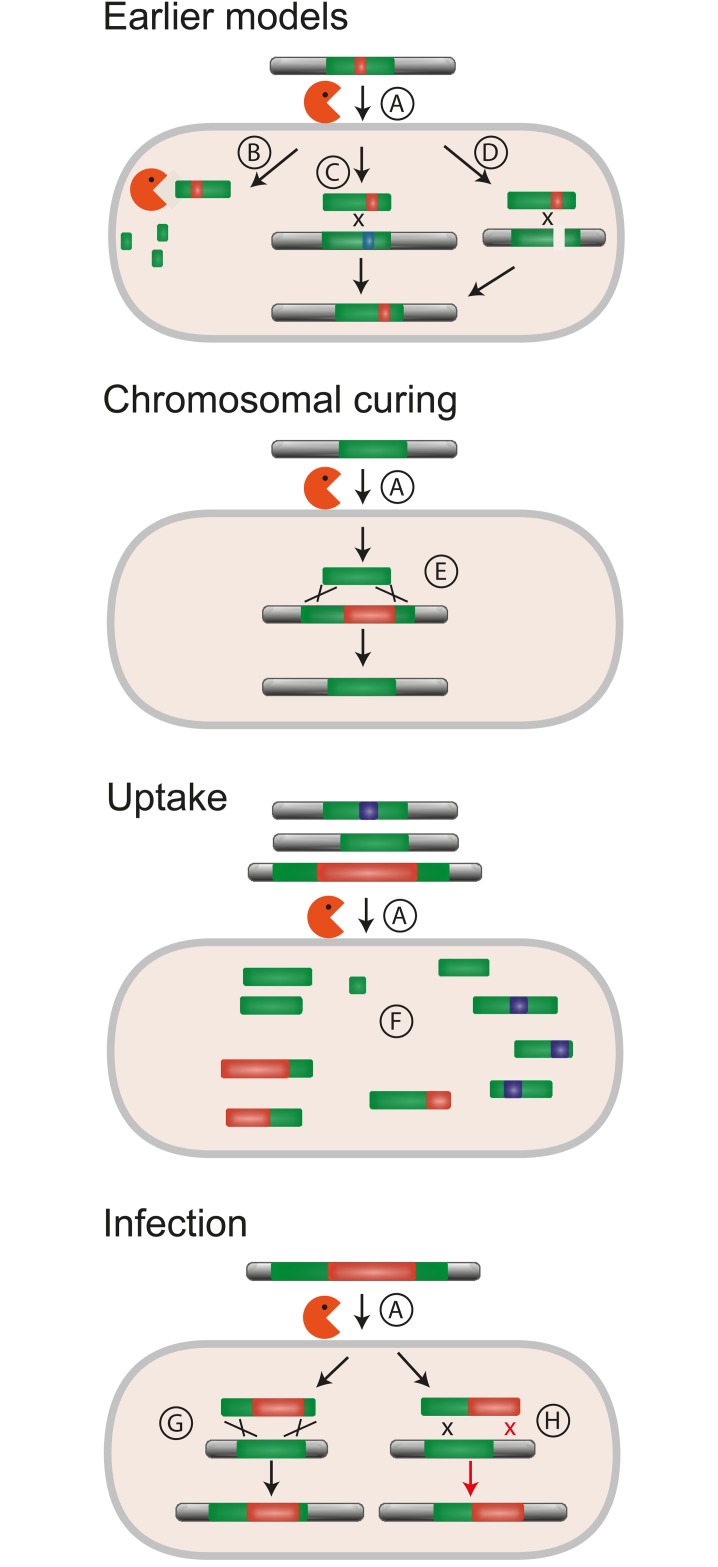Fig 1. Natural transformation and its outcomes.
The mechanism of environmental DNA uptake brings into the cytoplasm small single-stranded DNA fragments (A). Earlier models for the raison d’être of natural transformation have focused on the role of DNA as a nutrient (B), as a breaker of genetic linkage (C), or as a substrate for DNA repair (D). The chromosomal curing model allows the removal of mobile elements by recombination between conserved sequences at their extremities (E). The model is strongly affected by the size of the incoming DNA fragments, since the probability of uptake of a mobile element rapidly decreases with the size of the element and of the incoming fragments (F). This leads to a bias towards the deletion of mobile elements by recombination, especially the largest ones. In spite of this asymmetry, some mobile elements can integrate the genome via natural transformation, following homologous recombination between large regions of high sequence similarity (G) or homology-facilitated illegitimate recombination in short regions of sequence similarity (H).

